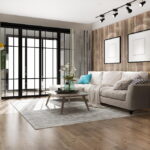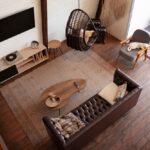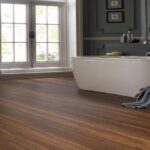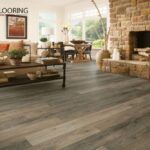Luxury vinyl tile (LVT) has become an increasingly popular floor treatment in homes due to its water-resistant properties and affordable pricing. When considering new flooring, it’s important to understand the pros and cons of LVT flooring. After reading this guide, you will be more confident to buy LVT flooring for your home or office.
Pros of Luxury Vinyl Tile
1. Durable
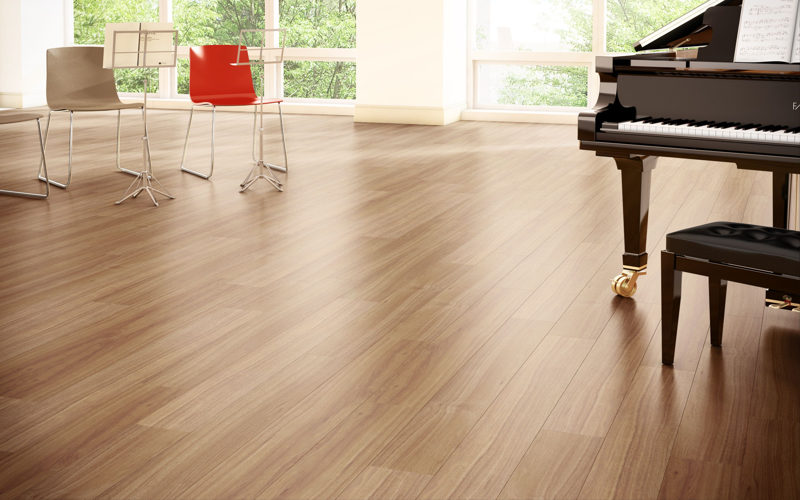
2. Water Resistance
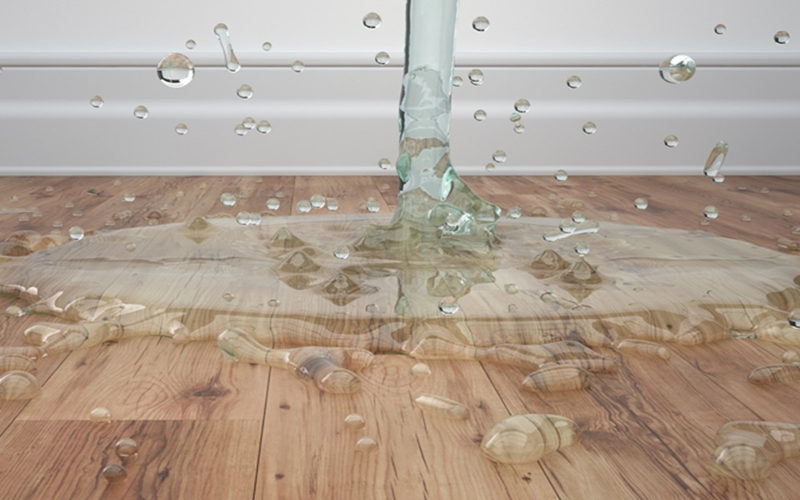
3. Affordable
Quality LVT flooring costs $2-10 per square foot installed. This competitive pricing makes it more affordable than stone, hardwood, or porcelain. Still, even high-end LVT remains cheaper than most alternatives while retaining resilience and beauty.
4. Easy Maintenance
Keeping LVT floors clean is simple with only sweeping, mopping, and occasional deep cleaning needed. The tough surface resists stains, scuffs, and scratches better than more high-maintenance wood or carpeting. LVT requires no waxing or refinishing over time. The waterproof construction also allows easy damp mopping without damage. Prompt mess clean-up keeps LVT floors looking fresh.
5. Realistic Looks
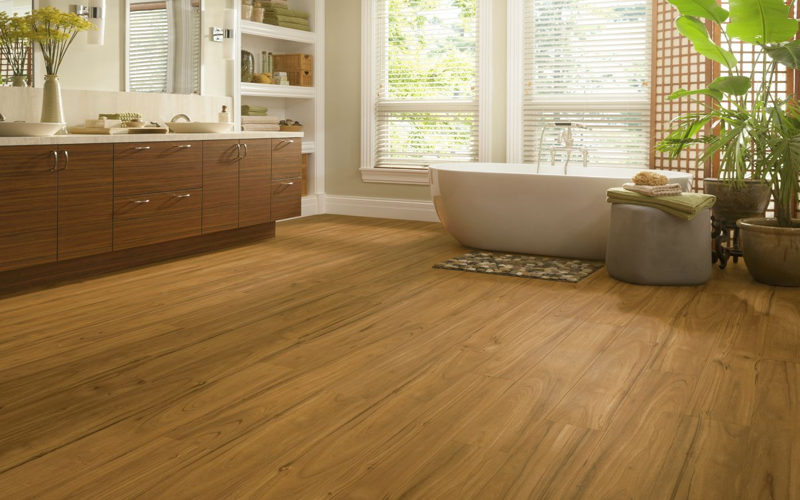
6. Quick Installation
LVT flooring clicks together simply without power saws or a glue mess. The floating click-lock planks allow DIY-friendly installation compared to tile or glued-down sheets. LVT installs over existing flooring, saving costly subfloor prep. Most jobs take just a day with no lengthy curing. Sections can also be quickly replaced if ever damaged without altering the whole floor. LVT’s speedy installation causes less disruption than fully replacing other resilient or hard floors.
Cons of Luxury Vinyl Tile
1. Less Padding
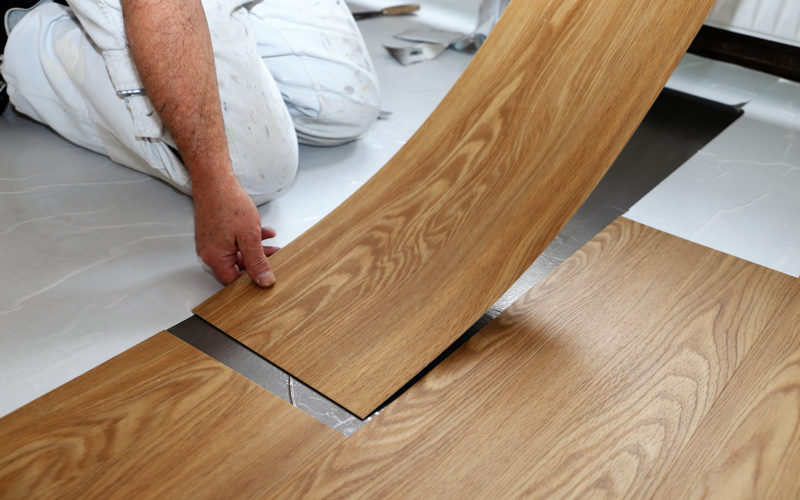
2. Not for Extreme Temperatures
Although water-resistant, LVT becomes more brittle in extremely cold temperatures. Long-term direct heat exposure over 150°F degrees can also damage LVT. These vulnerabilities mean LVT floors get installed only indoors, not in seasonal outdoor spaces lacking climate control. Ensure proper temperature regulation when installing LVT in basements, garages, or sunrooms.
3. Off-Gassing Worries
Allowing LVT materials to air out fully before installation can mitigate this concern. Search for greener LVT free from hazardous chemicals and low VOC adhesives if toxicity worries. While off-gassing seems minimal to nonexistent for most quality LVT, sensitive individuals should take precautions.
Conclusion
With proper selection and care, LVT flooring offers homeowners durable, stylish, and water-resistant flooring at affordable prices suitable for most living spaces. Reduced installation costs and disruption make LVT an easy upgrade over worn-out floors.
Just weigh the noted pros and cons of LVT flooring against your needs. Going with quality products and allowing materials to air out fully further eases health concerns. For most homeowners, LVT presents an attractive, realistic-looking floor covering worth considering.

